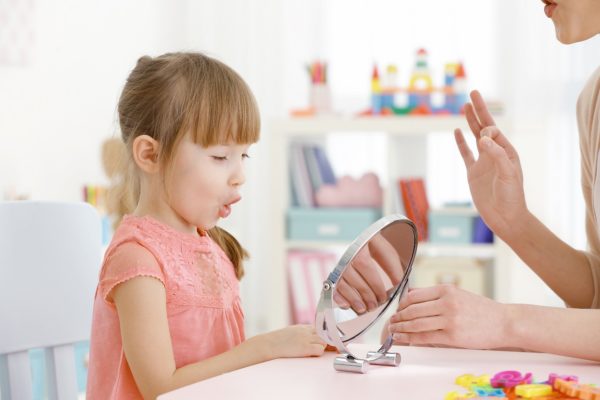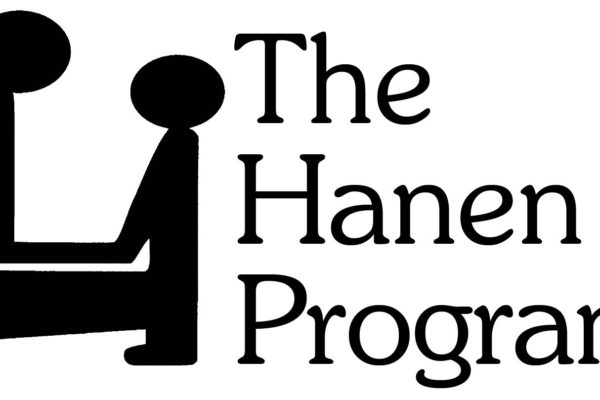How Occupational Therapy could affect your child’s Speech & Language Development?
Written by an SLT
The human brain is a highly complex system, with many different sub-systems working together to help us function efficiently. It’s not uncommon for a speech therapist to also recommend that a child receive other therapies in conjunction with speech therapy, such as occupational therapy. Although your speech therapist is working on your child’s communication, they are also concerned with the “big picture” of your child’s overall development and how other aspects of development may impact speech and language. Weaknesses in one system are likely to impact other systems, much like a domino effect. Therefore, a “team approach” to therapy is often warranted to help children achieve their greatest potential. Occupational Therapy is a commonly made referral for the following reasons:-
Postural Stability – Improving a child’s seated position may not only improve attention and safety, it may improve head and trunk stability. If your child’s head and trunk are stable, this will allow them to achieve increased jaw stability, which is critical for feeding and speech production. An OT can help provide tips on the type of chair or cushion that may help increase stability.
Attention & Regulation – These skills are critical to pragmatic language skills. In order to be a successful communicator, a child must be able to focus, attend, and engage across a variety of environments and with peers.
Sensory Processing – Sensory processing refers to the way your child’s nervous system receives information about the senses and then how they respond. Sensory Processing Disorder (SPD) is a condition that exists when sensory signals don’t get organized into appropriate responses. An OT may address appropriate responses to sensation in a meaningful and functional manner. Speech pathologists often integrate sensory activities into treatment that have been suggested by the OT. Activities such as bouncing on a ball, fidget tools, providing a cushion to sit on, swings, movement breaks and adjusting the lighting in the room are just a few things that not only meet the sensory needs of the child, but also stimulate language. A wonderful resource for parents is “The Out-of-Sync Child” by Carol Kranowitz.
Executive Function – Executive function includes both thinking skills (planning, organizing, and working memory) and behaviour (emotional regulation, flexibility, sustained attention). OTs may address motor planning during their treatment sessions. Addressing motor planning may positively impact speech and language by increasing organizing, planning and sequencing skills; skills important for language.
Written Language – OTs can assist how your child is able to express his or her thoughts on paper by addressing handwriting skills. OTs target not only handwriting and typing skills, but also organizing thoughts into graphic organizers which further improve narrative and story retelling skills.
Please contact us today if your child needs support for Speech & Language Development and make an appointment with one of our therapist on Tel: 04-2776769 or email: info@sensationstation.ae




